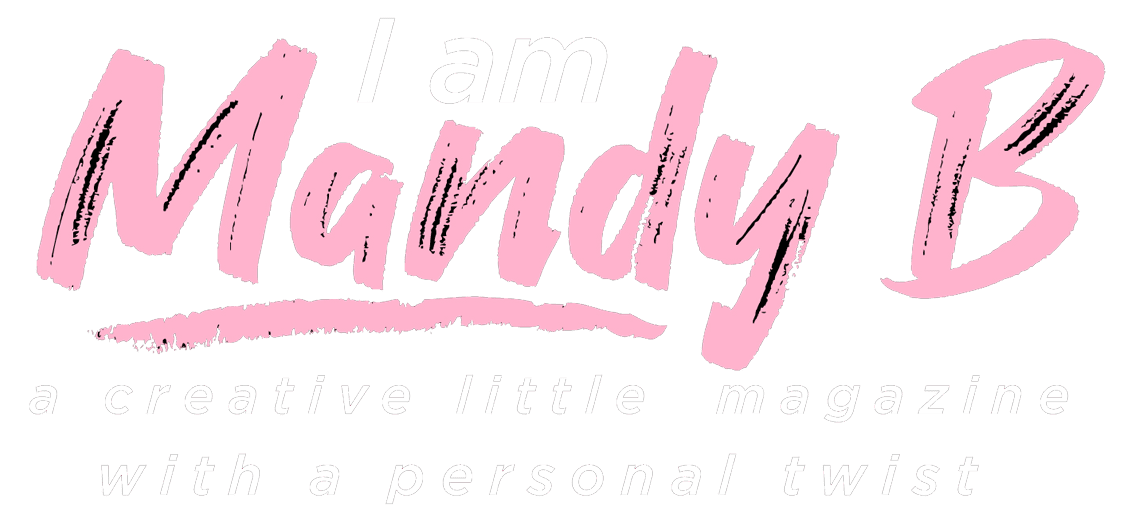A creator is someone who brings something new into existence. Creators produce original work in various fields, such as art, literature, music, science, philosophy, etc. Some key characteristics of creators include:
Originality
Creators come up with fresh, innovative ideas and express them creatively. They think outside the box and are unafraid to experiment or challenge conventions. Creators value originality and aim to produce work that is unique, unusual, or groundbreaking in some form.
Imagination and Vision
Creators have potent imaginations that allow them to envision things that do not yet exist. They can see possibilities and connections that others may miss. Even creating within an established form, creators bring their perspective, voice, and vision.
Self-Expression
For creators, the act of making new things is intensely personal. Their work reflects their interests, passions, perspectives, emotions, and ideas. The drive to express one’s inner world motivates creators.
Focus and Persistence
Developing novel ideas and giving them tangible form takes time and concentrated effort. Creators exhibit intense focus, discipline, and persistence from the spark of inspiration to the finished work. They commit to their visions and ideas even when progress seems slow.
Nonconformity
Creators are often comfortable bucking norms and going against the crowd. They follow their inner compasses even when their ideas challenge customs or conventions. This nonconformist streak gives creators the courage to innovate and think differently.
Is a Creator an Artist?
Whether a creator is an artist depends on how one defines “art” and “artist.” In a broad sense, a creator who makes any form of original work could be considered an artist. However, the term “artist” commonly implies creative work within a cultural sphere—the “arts.” For clarity, it helps to define key terms.
Defining “Art”
Philosophers have long debated how to define art. Traditionally, the term refers to creative works that evoke emotional or intellectual responses through visual, performance-based, or language-based media. However, in contemporary contexts, some challenge traditional classification to argue anything intended as art qualifies as such—still, most definitions center on art’s creative and cultural nature.
Defining “Artist”
An artist is generally understood as someone who creates original work designed to convey beauty, meaning, emotion, or new perspectives. Typically, artists have technical skills with cultural media like paint, dance, or writing. They participate in artistic traditions by utilizing established forms to comment on culture and the human experience. Not all creators neatly fit the role of the artist.
Creators about Art and Artist Definitions
Looking at both broad and narrow definitions, creators relate to but are not synonymous with artists. Consider:
- In a broad sense, creators produce original and meaningful work that could be considered art. They have vision, imagination, and nonconformity akin to artists. However, their expression may manifest in academic papers, new technologies, social movements, or other areas outside the cultural sphere.
- In a narrower artistic sense, creators who work within established cultural media utilizing visual, performance, or language arts qualify as artists. However, many creators innovate within other disciplines like science, engineering, and academics, where the label “artist” rarely applies.
So, those qualifying as artists always create, but not all creators necessarily produce art. The distinction depends on whether one takes a broad or narrow perspective on art and whether the creator works within related cultural spheres. Ultimately, “creator” is an umbrella term that encompasses artists and innovators of other stripes.
Examples of Different Types of Creators
Looking at examples illuminates the spectrum of roles and endeavors encompassed within the concept of “creator.”
Visual Artists
Painters, sculptors, photographers, filmmakers, and others working in the visual arts qualify as artists and creators. When Picasso pioneered cubism or Ansel Adams captured unique photographs of the American wilderness, they created original and expressive works. Visual artists like those participate in an artistic tradition by conveying new perspectives through images.
Writers
Groundbreaking authors like Virginia Woolf and William Faulkner undoubtedly rank as artists and creators. Through mastery of language, they produce original stories and prose seeking to comment on the human condition. Even genre writers craft inventive narratives that reference or enrich literary traditions—all writers who pen fresh work self-express through an artistic medium.
Musicians
Like writers, musicians convey emotions and ideas by applying their skills within an art form. Instrumentalists, singers, composers, and producers use musical elements such as melody, harmony, rhythm, and timbre as their palette. When Jimi Hendrix infused psychedelic rock sounds into the guitar or Beethoven composed stirring symphonies, they created artistic works exhibiting imagination and vision.
Scientists
Creators aren’t limited to the arts. Trailblazing scientists like Marie Curie and Albert Einstein led breakthrough discoveries that transformed human knowledge. Nicolaus Copernicus used creativity and persistence to develop his sun-centered model of the cosmos. Even if their work lives outside artistic spheres, their novel contributions qualify them as creators.
Engineers
Like innovative scientists, engineers create but rarely occupy the role of artist. Yet engineering creators like Elon Musk, George Westinghouse, and others dreamt up constructive novel technologies. Westinghouse engineered air brakes for trains, while Musk creatively developed electric vehicles and spacecraft, reflecting unconventional thinking.
Chefs
Forward-thinking chefs also demonstrate creative energies in their fields. Culinary creators like Ferran Adria, Alice Waters, and Roy Choi experiment with unusual flavor profiles or introduce original dishes reflecting identity or values. While haute cuisine inhabits an artistic realm, most chefs primarily create within food preparation spaces rather than art contexts per se. Still, chefs’ INnovations emerge from imaginative minds and self-expression.
Activists
Finally, creators also initiate movements propelling society forward. Activists like Martin Luther King, Jr. qualify as creators for the way they uniquely conceptualize and articulate solutions to bring positive change. Of course, Dr. King creatively expressed himself through linguistic arts. But his fundamental identity as an activist first illustrates how creators operate outside artistic circles.
The spectrum of creator examples exhibits some overlap with artists but reaches beyond classical artistic realms. Creators play a role in virtually all human endeavors since original thinking leads to progress. Whether through arts, academics, technologies, or social movements, creators plant the seeds, allowing civilization to evolve in productive new directions. They envision novel ideas—and then persistently nurture them into fruitful realization. Creators imagine, then build.
Creators vs Artists – Key Similarities and Differences
Creators and artists do share common traits but differ across some key dimensions:
Commonalities
- Both utilize imagination and creative vision
- Both exhibit deep focus and persistence
- Both have a strong drive for self-expression
- Both tend to challenge norms
Creator Differences
- Creates original works across all disciplines, not only arts
- May apply focus and imagination in non-cultural contexts
- Self-expression is not always for an audience or market
- May innovate without employing established forms
Artist Differences
- Creates within the spheres of visual, performance, or linguistic arts
- Participates in creative traditions by building on established forms
- Intends to engage an audience through cultural works
- Craft revolves around artistic media like paint, dance moves, or words
The distinction lies in creators’ scope beyond distinct artistic disciplines. Creators bring imaginative new works to life across all intellectual pursuits. Artists also create original works that convey meaning but narrow their focus toward established cultural mediums. Both terms overlap in many ways. But the umbrella of creation stretches more comprehensively than the realm of art.
Creation Outside the Arts
Do forces like imagination or self-expression only fuel artists? Hardly. Innovators change the world in other spheres. And though creators in physics or economics use intellect differently than painters, underlying drivers parallel. Consider a cognitive creator like Nobel Prize-winning economist Herbert Simon, who developed new decision-making models. Though outside artistic circles, his work still demonstrated originality, focused vision, and persistence in driving self-expression.
Or consider an example of collective creation. When African Americans invented jazz by infusing cultural elements into established musical forms, they cast creativity in fresh directions spanning decades. Despite lacking typical artist labels, these communities crafted novel artistic works fulfilling deep intrinsic desires for group expression.
Fields like science, technology, or economics may have functional aims. But that does not preclude Flowing from the same fount of ingenuity that feeds artistic creators. After all, the urge to investigate ideas through fresh self-directed combinations lives innately within human minds, inside artists and non-artists alike. One might distinguish between artists and professional creators in STEM, business, or academia. But all tap that deep reservoir of imagination nourishing those bold enough to dip into the current.




